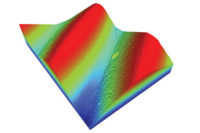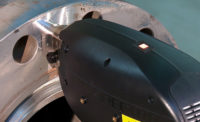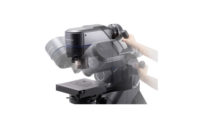Years ago, metal fabricators and quality control personnel needed to conduct expensive, time-consuming laboratory tests to perform material verification. Advances in technology for elemental analysis have empowered users to obtain laboratory-grade results virtually instantaneously in the field. Oftentimes, the biggest challenge can be choosing the right technology for your application. Today’s elemental analysis techniques include handheld X-ray fluorescence (XRF), handheld laser induced breakdown spectroscopy (LIBS), and optical emission spectroscopy (OES). Understanding how these technologies stack up against each other is essential so that you can confidently choose the best option for your business.
How XRF, LIBS, and OES work
XRF, LIBS, and OES are different types of elemental analysis techniques. Each works in its own way to provide results (with various pros and cons). Users may choose one technology over the other for a magnitude of reasons. First, let’s explore how each technology works.
XRF is a nondestructive analytical technique used to determine the elemental composition of materials. During the XRF process, a sample is irradiated with high energy X-rays produced by an XRF analyzer. This causes atoms in the sample to emit secondary (or fluorescent) X-rays, which can be detected and processed to determine which element is present. Each fluorescent X-ray is unique to the elemental composition of the sample, making it an excellent tool for quantitative and qualitative analysis.
LIBS is another analytical technique used to determine elemental chemistry. LIBS analyzers work by using a high-focused laser to ablate the surface of a sample. A plasma is formed consisting of electronically excited atoms and ions. As these atoms decay back into their ground states, they emit characteristic wavelengths of light, or “unique fingerprints.” These “fingerprints” are distinct for each element. Similar to XRF, LIBS is an excellent tool for performing quantitative and qualitative analysis.
OES is the third technique used to obtain elemental chemistry. It is similar to LIBS, but instead uses a high voltage electrical pulse to excite atoms. Each atom in the arc/spark discharge formed at the surface of the sample emits specific lines that are selectively detected by an optical spectrometer in the OES device. The characteristics of these lines are used to determine the chemical composition of the sample being tested.
Choosing the Right Technology for Your Application
There are several important factors to consider prior to settling on a technology solution for your business. Below are the most important features to review.
Analytical range. Handheld XRF and LIBS are best thought of as complementary technologies. Users can combine them to cover a wider range of elements—including light elements (such as carbon)—which some high-end LIBS analyzers can now detect. Handheld XRF can typically detect magnesium through uranium. The analytical range of portable LIBS analyzers is a bit more scattered when looking at the periodic table, but may include elements such as carbon, aluminum, silicon, titanium, vanadium, chromium, manganese, iron, cobalt, nickel, copper, niobium, molybdenum, and tungsten—making it the ideal solution for metals industries. The elements and concentrations that can be determined by OES analyzers depends on the material being tested and the type of analyzer used. However, the common analytical range is from carbon to tungsten.
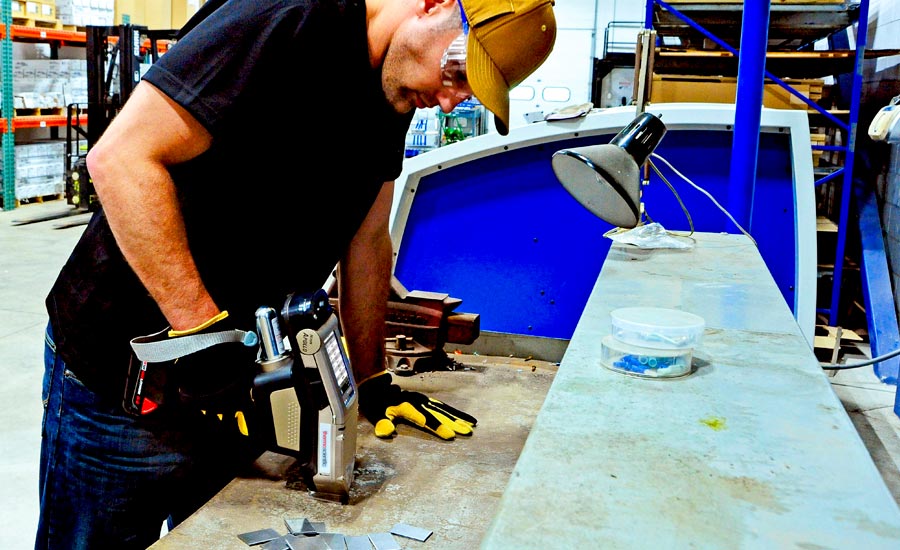
LIBS has been a longstanding analytical technique used for material verification.
Portability. Handheld XRF and LIBS analyzers can be easily transported due to their compact form factor and lightweight design. In fact, today’s most advanced handheld XRF and LIBS analyzers weigh less than seven pounds and can be used directly on the manufacturing line. For operators that need to access tight or hard-to-reach spaces, portable XRF and LIBS analyzers safely and conveniently travel with the operator. Conversely, mobile OES can be more difficult to deploy due to its bulky cart configuration, weight and limited range of access.
Time. Today’s most advanced handheld XRF and LIBS analyzers can deliver results in less than 10 seconds, compared to about 15 seconds on mobile OES. Although the time difference may seem small, it can easily add up if multiple readings are required throughout the day. Additionally, portable LIBS and mobile OES require additional steps before analysis can be performed. Those steps include sample preparation and daily setup procedures to ensure optimal analysis. These setup procedures can take as little as 10 minutes on LIBS and as much as 30 minutes on mobile OES. Handheld XRF does not require daily maintenance and is best described as “point and shoot” due to the simplicity associated with operation.
Sample surface. As mentioned above, handheld XRF is a nondestructive method of performing elemental analysis. Portable LIBS and mobile OES are considered minimally destructive for two reasons. The first being that sample preparation is required prior to performing analysis. Sample preparation is achieved by grinding the sample to remove surface impurities. The second reason why LIBS and OES are considered minimally destructive is that a small burn mark is left on the sample where the laser/electrical pulse occurs.
Using LIBS Technology to Detect Carbon
LIBS has been a longstanding analytical technique used for material verification. It is only recently that companies have been able to crack the code on using the technology to measure carbon. Today, some handheld LIBS analyzers can quantify carbon concentrations in low alloy and L+H grade stainless steels, in addition to calculating carbon equivalency. Unlocking the ability to measure carbon will prove to be useful for quality control departments, metal fabricators, petrochemical plants, and scrap recyclers seeking to measure low concentrations of carbon in metal quickly, directly on the line, and under conditions where prior technologies were too cumbersome.
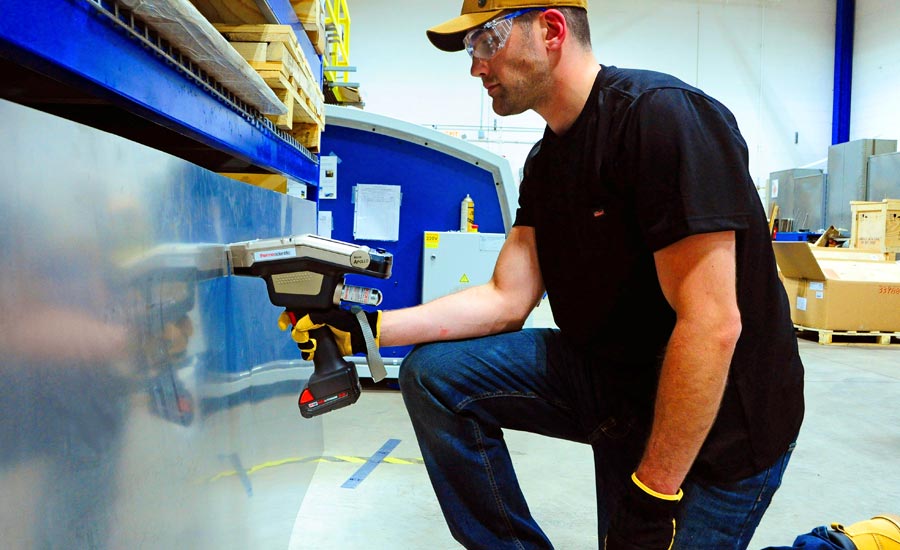
What’s Next for Elemental Analysis Technology?
A variety of elemental analyzers are now available to help metal fabricators and manufacturers conduct laboratory-grade analysis within seconds under a wide range of circumstances in the field. In the future, analyzer options are expected to expand even more as researchers and engineers further miniaturize the technology so that it can be incorporated directly into manufacturing processes, or maybe someday even transported by drones, to be used effectively wherever elemental analysis is needed.
For manufacturers of elemental analysis technology, the key will be responding to shifts in the needs and preferences of the marketplace. It is critically important that manufacturers work in close partnership with metal fabricators and quality control personnel to provide maximum value.

